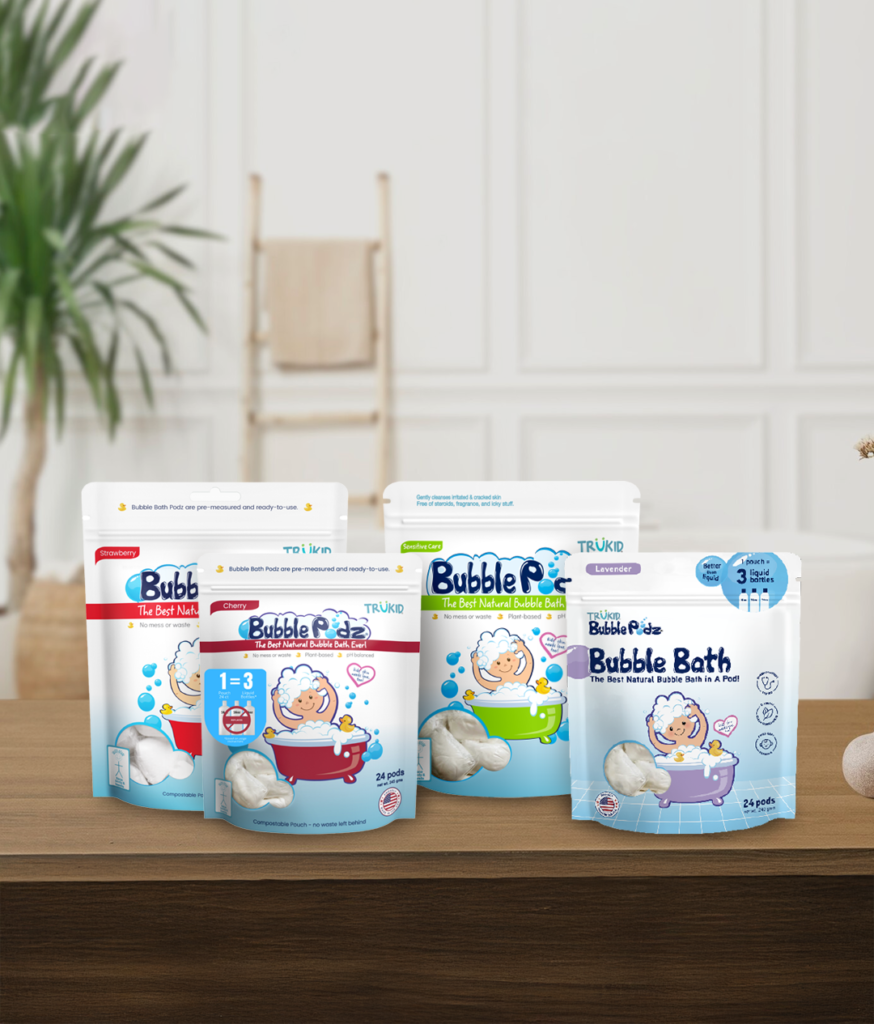Sun Protection Facts:
Since it is Summer, I thought I would repost some important facts about sunscreen protection. Most importantly if you or your children are going to be out in the sun, wear protective clothing, hats and sunscreen on exposed skin. And, have a lot of fun. It’s Summer! Myth: There is no real difference in how UVA and UVB rays affect skin.

TruKid Truth™: UVB rays only penetrate the top layer of skin causing it to burn. UVA penetrates deeper and causes damage to skin elasticity and more importantly, causing skin cancer, when searching for a sunscreen please remember a “broad spectrum” sunscreen is best.
Myth: Everyone knows how to put on sunscreen.
TruKid Truth™: Only 30% of the population uses sunscreen protection and only 50% of those people put it on correctly.
Myth: Sunscreens protect all day.
TruKid Truth™: Regardless of the SPF or what the label says, sunscreens must be reapplied every 80 minutes or less. Users mistakenly think a high-SPF product will protect them all day with one application, when in fact all sunscreens must be reapplied regularly.
Myth: Skin cancer is so rare my chances of getting it are almost impossible.
TruKid Truth™: Not necessarily, one in five Americans will develop skin cancer in some form in their lifetime. Melanoma in children has been increasing almost 3% a year.
Myth: Some sunscreens are waterproof or sweat proof.
TruKid Truth™: The FDA is banning the word “waterproof.” Now “water/sweat/perspiration resistant” is accurate but this only means the sunscreen offers SPF protection after 40 minutes of water exposure. “Very water resistant” gives 80 minutes of protection. Re-apply, re-apply, re-apply!
Myth: Sunscreen can provide total sun block.
TruKid Truth™: No sunscreen blocks 100 percent of UV rays. SPF 15 protects against 93 percent, though. SPF 30 protects against 97 percent. SPF 50-60 shut out 98 percent. The higher the SPF the more harsh chemicals are in the product.
Myth: Sunscreen is all you need to stay safe.
TruKid Truth™: Sunscreen is only one piece of the puzzle. Other pieces include seeking shade between 10:00 AM and 4:00 PM, covering up with clothing, wearing broad-brimmed hats and UV-blocking sunglasses, completing self-exams/exams on your children, and scheduling for annual professional skin evaluations.
Myth: All sunscreens block some UVA.
TruKid Truth™: Many sunscreens provide some UVA protection; some safe ingredients found in broad-spectrum sunscreens include zinc oxide, and titanium dioxide. These reflect the sun by sitting on top of the skin and not by being absorbed.
Myth: An SPF 60+ provides double the protection of an SPF 30.
TruKid Truth™: This is exactly why the FDA is putting a Cap on high SPFs. SPF 30 provides skin with 97% protection, where as SPF 60 provides skin with 98-98.6% protection. There is less than 1.6% difference in protection factor. A SPF 60+ needs more chemicals to achieve a higher SPF, potentially putting more toxins in your body.
Myth: When using aerosol sunscreens, you can easily cover your body without missing a spot, therefore effectively protecting your skin.
TruKid Truth™: While being applied, aerosol sunscreens can lose much of their protection during transfer from the bottle onto the skin, as not all of the molecules land on your body. Thank you to askmen.com for the above information.
Newsletter
Sign Up For Our Newsletter & Get the Latest Information
This article is intended solely for informational purposes and should not be considered a source of medical advice. The information presented in this article is not a replacement for, nor should it be relied upon as, professional medical guidance. Every individual’s health and medical circumstances are unique. What works or is suitable for one person may not be the same for another. Any decisions related to your health should be made with consideration of your specific health condition, medical history, and the guidance of your healthcare professional.
